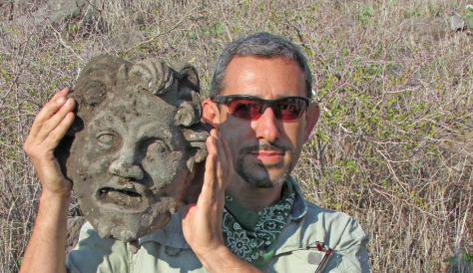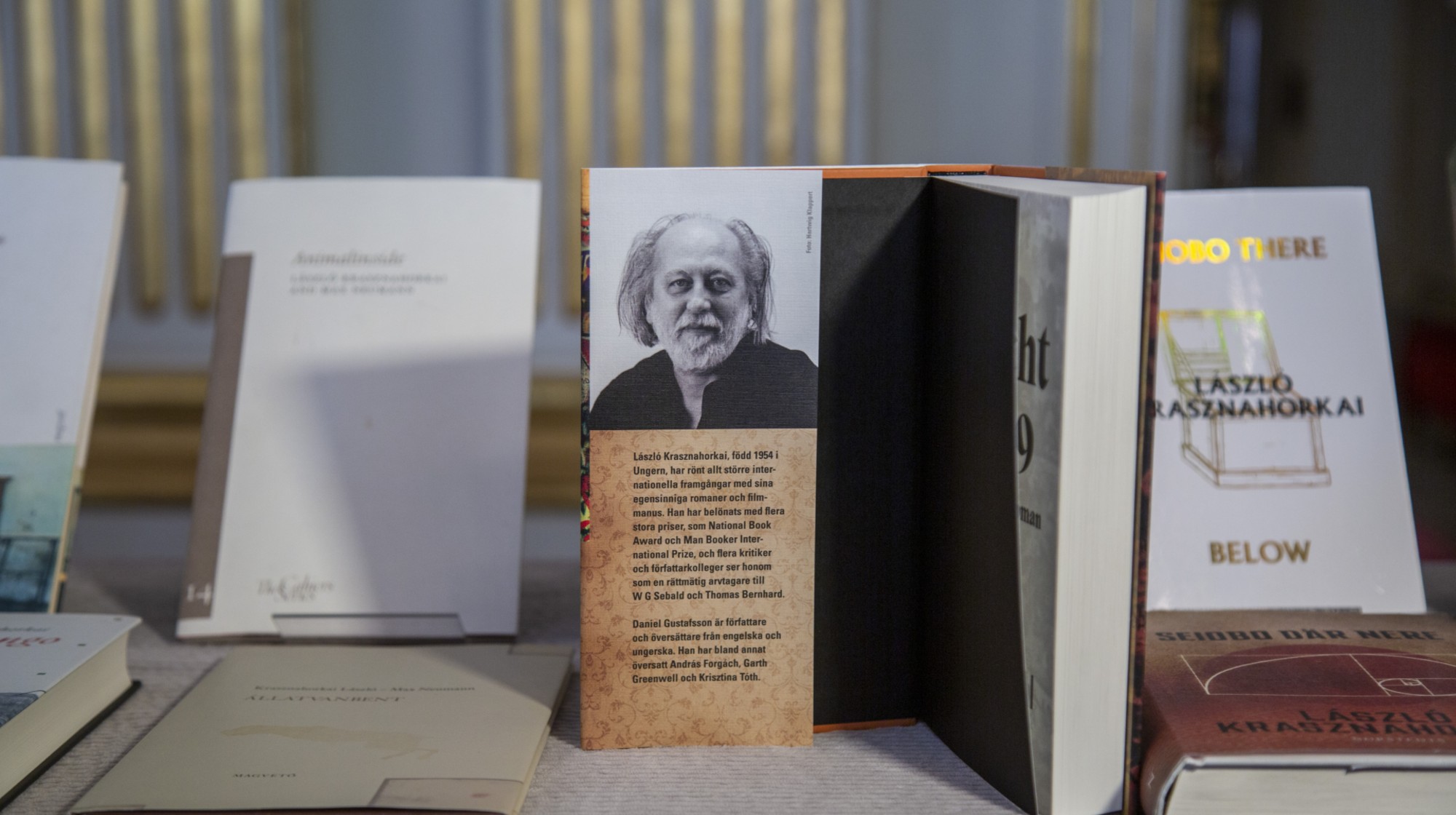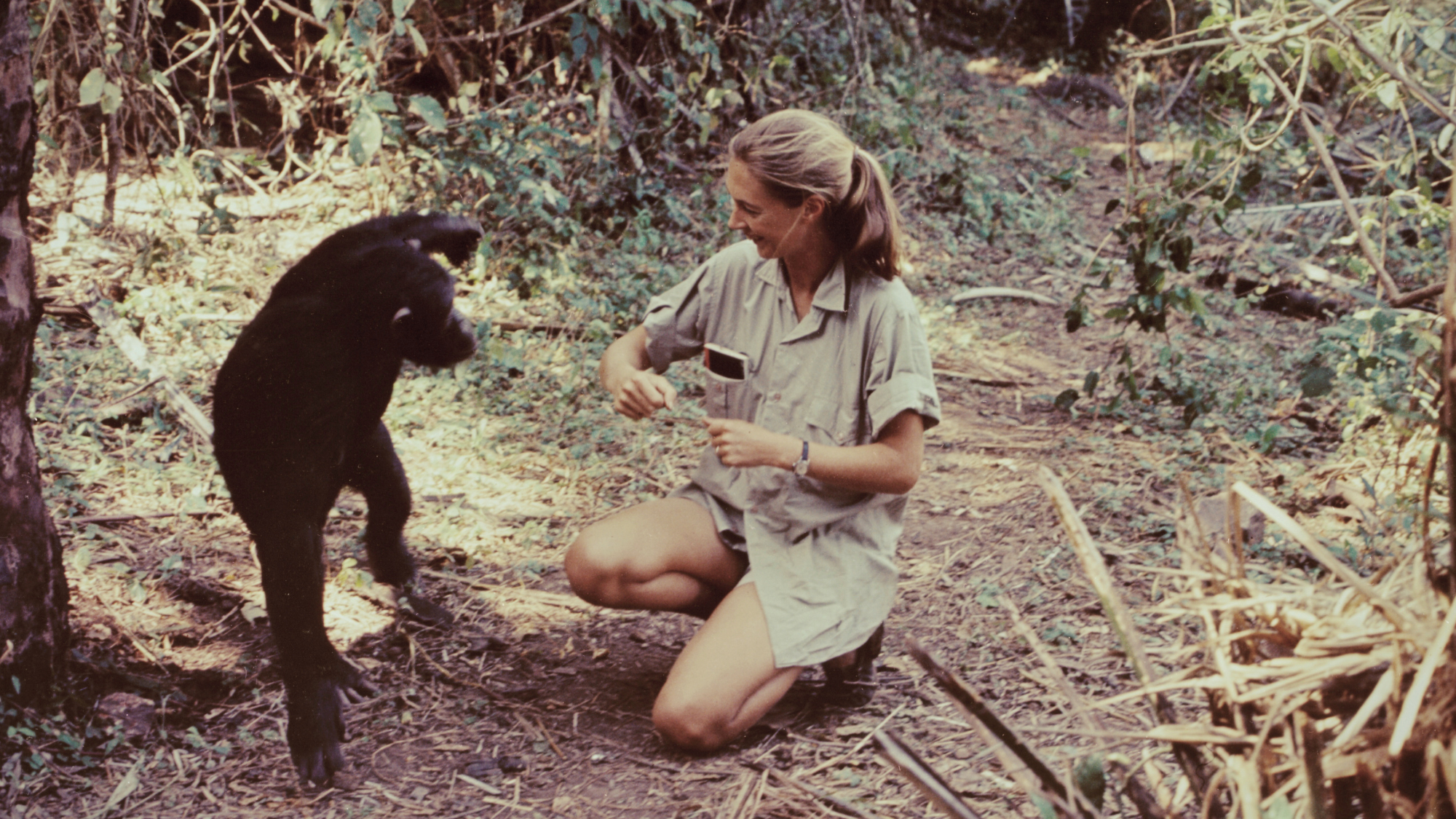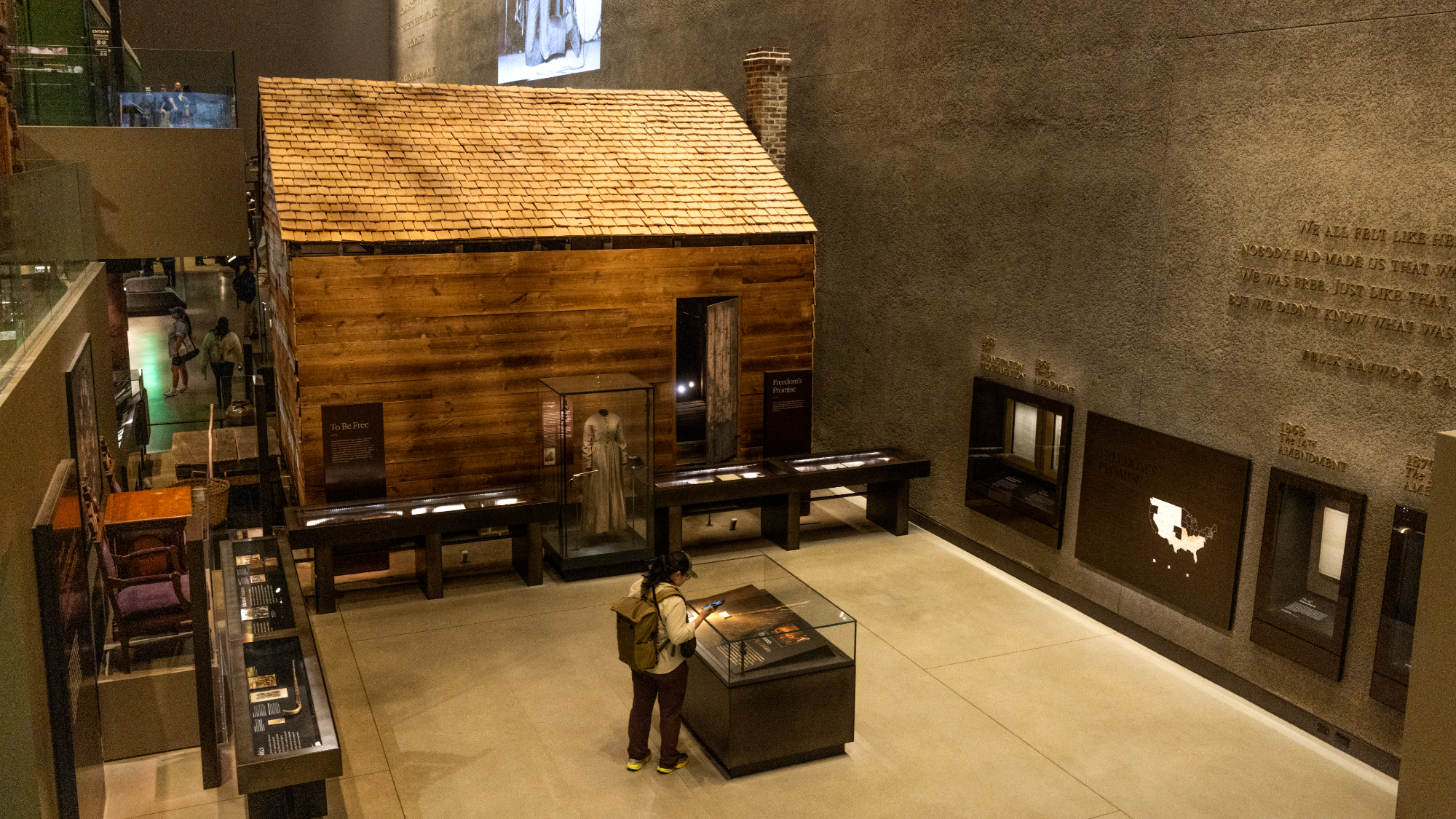Archaeologists unearth one-of-a-kind mask of ancient goat god


One of mythology's lesser-sung deities is finally getting some attention.
Archaeologists from the University of Haifa have discovered a mask depicting Pan, the half-man, half-goat deity who served as the god of shepherds. The Greek Pan, or as he was known in Roman mythology, Faunus, symbolized spring and fertility, thanks to his connection to shepherds and nature.
The researchers found the mask while excavating a basalt armory near the ancient city of Hippos-Sussita, which stood from the third century B.C. to the seventh century C.E. A metal detector revealed the 2,000-year-old bronze mask, which the archaeologists described as "the only of its kind" in a press release. The mask features Pan's signature goat horns, as well as his pointy ears and beard.
The Week
Escape your echo chamber. Get the facts behind the news, plus analysis from multiple perspectives.

Sign up for The Week's Free Newsletters
From our morning news briefing to a weekly Good News Newsletter, get the best of The Week delivered directly to your inbox.
From our morning news briefing to a weekly Good News Newsletter, get the best of The Week delivered directly to your inbox.
The researchers explained that bronze masks the size of the one discovered — it was larger than a human head — are rare, and usually don't depict mythological deities. The majority of bronze masks from the Hellenistic and Roman periods are miniature masks, not full-size. And most of the bronze masks and sculptures would have been melted down, so the mask's preservation is rare, too.
The archaeologists believe the armory may have eventually been converted into an altar to Pan. The altar lies outside the city limits, and sacrifices for rustic gods were often held outside the main cities, researcher Michael Eisenberg explained in the press release. The team is now working to uncover the basalt structure that is near where the mask was found.
A free daily email with the biggest news stories of the day – and the best features from TheWeek.com
Meghan DeMaria is a staff writer at TheWeek.com. She has previously worked for USA Today and Marie Claire.
-
 Son arrested over killing of Rob and Michele Reiner
Son arrested over killing of Rob and Michele ReinerSpeed Read Nick, the 32-year-old son of Hollywood director Rob Reiner, has been booked for the murder of his parents
-
 Rob Reiner, wife dead in ‘apparent homicide’
Rob Reiner, wife dead in ‘apparent homicide’speed read The Reiners, found in their Los Angeles home, ‘had injuries consistent with being stabbed’
-
 Hungary’s Krasznahorkai wins Nobel for literature
Hungary’s Krasznahorkai wins Nobel for literatureSpeed Read László Krasznahorkai is the author of acclaimed novels like ‘The Melancholy of Resistance’ and ‘Satantango’
-
 Primatologist Jane Goodall dies at 91
Primatologist Jane Goodall dies at 91Speed Read She rose to fame following her groundbreaking field research with chimpanzees
-
 Florida erases rainbow crosswalk at Pulse nightclub
Florida erases rainbow crosswalk at Pulse nightclubSpeed Read The colorful crosswalk was outside the former LGBTQ nightclub where 49 people were killed in a 2016 shooting
-
 Trump says Smithsonian too focused on slavery's ills
Trump says Smithsonian too focused on slavery's illsSpeed Read The president would prefer the museum to highlight 'success,' 'brightness' and 'the future'
-
 Trump to host Kennedy Honors for Kiss, Stallone
Trump to host Kennedy Honors for Kiss, StalloneSpeed Read Actor Sylvester Stallone and the glam-rock band Kiss were among those named as this year's inductees
-
 White House seeks to bend Smithsonian to Trump's view
White House seeks to bend Smithsonian to Trump's viewSpeed Read The Smithsonian Institution's 21 museums are under review to ensure their content aligns with the president's interpretation of American history



